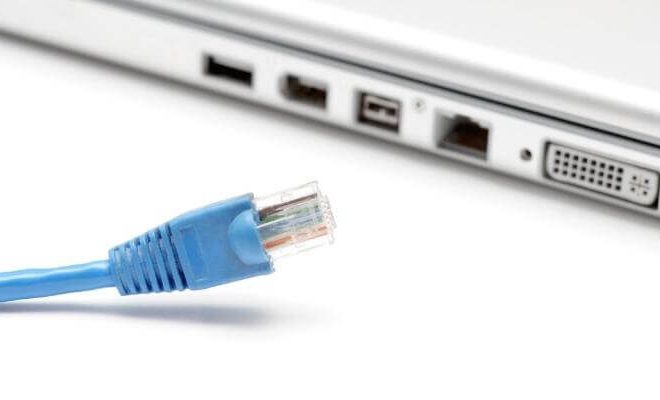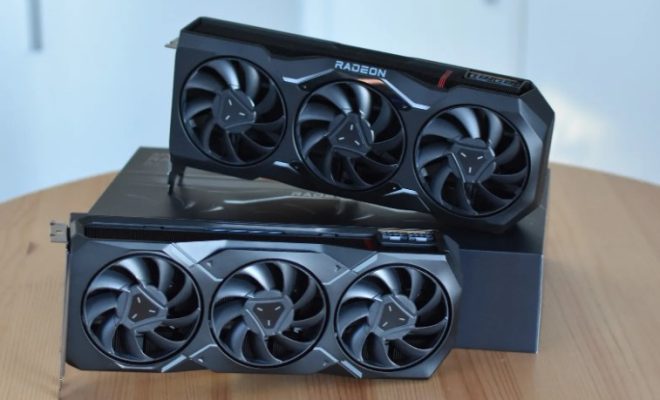Wi-Fi vs. Ethernet

Wireless technology has revolutionized the way we live and work. In today’s digital world, the internet has become an essential component of everyday life. From surfing the web and streaming movies to video conferencing and gaming, the internet has become an integral part of our daily routine. However, choosing between Wi-Fi and Ethernet can be a daunting task, especially if you are not familiar with their features and benefits. So, which one is better for your home network? Let’s dive in and explore the pros and cons of Wi-Fi vs. Ethernet.
Wi-Fi:
Wi-Fi stands for “Wireless Fidelity” and is a type of wireless technology that allows you to connect to the internet without using cables. Wi-Fi is a popular choice among consumers because of its ease of use and convenience. With a Wi-Fi connection, you can access the internet from anywhere within the range of your router, providing you with the freedom to move around your home without having to worry about cables. One of the major benefits of Wi-Fi is that it enables multiple devices to connect to the internet at the same time, so you can use your laptop, tablet, and smartphone all at once. With Wi-Fi, you don’t need to be confined to one spot in your home to access the internet.
However, Wi-Fi does have its limitations. The signal strength of Wi-Fi can weaken if there are obstacles or distance between your device and the router. The performance of Wi-Fi can also be affected by interference from other electronic devices, such as microwaves or cordless phones. Wi-Fi can also be less secure than a wired connection because it is more vulnerable to hacking and unauthorized access.
Ethernet:
Ethernet, on the other hand, is a wired technology that requires a physical connection to your device. Ethernet is known for its reliability, speed, and security. With a wired connection, you can enjoy faster internet speed and more stable connectivity, without the risk of interference from other devices. Ethernet is also a more secure option because it requires physical access to the cable, which is much more difficult to hack into than Wi-Fi.
However, the downside of Ethernet is that it requires physical cables, which can be inconvenient and unappealing to some people. Ethernet cables also have a limited range, so you will need to be close to your router or install additional cabling to extend the connection.
Conclusion:
Choosing between Wi-Fi and Ethernet depends on your individual needs and preferences. If you value convenience and mobility, Wi-Fi might be the better option for you. However, if you need a more reliable and secure connection, Ethernet might be the way to go. Ideally, the best home network would have a combination of both Wi-Fi and Ethernet to ensure a balance between convenience, speed, reliability, and security. Ultimately, the choice between Wi-Fi and Ethernet comes down to what you prioritize most in your home network.





